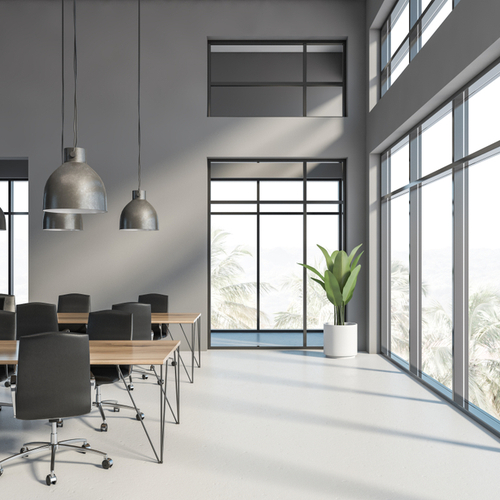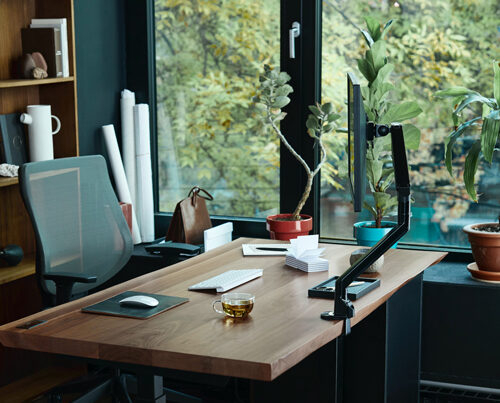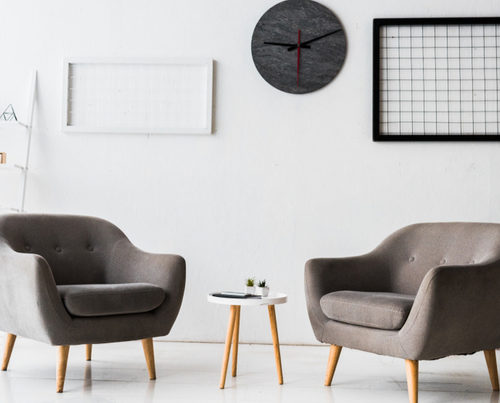The workplace should not be a “one size fits all” environment. Over the last decade, diversity within the workplace has grown immensely. There are many benefits for both employees and the business itself when incorporating opportunities for neurodiversity into the workplace. It takes time, patience and a little design research to create an office appropriate for a neurodiverse team, but the end result is worth it.
What is Neurodiversity?
As mentioned above, neurodiversity is the understanding that not every office employee will learn the same, work the same or interact in the same way. Every human brain functions differently within a workspace. This may be because of a cognitive or physical disability, mental health diagnoses, or personal traumas or preferences. Creating a workspace that supports all of your workers’ needs may not be easy, but putting effort into neurodiverse architecture and design is beneficial for all employees and customers.
Elements of Neurodiversity at Work
Neurodiversity in the workplace presents many benefits that office supervisors and employees may not think about on a daily basis. By recognizing these benefits, more offices can implement strategies to create a supportive, comfortable work environment.
Unique Spatial Design
Though many workplaces are leaning toward more sustainable office designs, modern offices still have some work to do in regard to neurodivergent spatial design. With employees who struggle to focus with excess noise or have a short attention span, open work areas may not be the best solution. Creating small spaces within an office where employees can escape when feeling overwhelmed or overstimulated is a great way to incorporate a neurodiverse design. These smaller spaces can have adjustable lighting and headphones to eliminate noise and other distractions.
Reliable Routine
Another element of neurodiversity in the workplace is maintaining a steady schedule. Though many individuals enjoy flexible days, some employees may rely on consistency. When supervisors discuss weekly or daily schedules with their employees on a consistent basis, less anxiety is to arise. If a change in the schedule may occur, telling the team as a whole eliminates pinpointing specific people who benefit from routine more than others. Normalizing casual reminders of routine through email or word of mouth provides more neurodiverse design in the workplace.
Adaptive Furniture
Sustainable and ergonomic furniture are incredibly beneficial when designing a workspace that meets all employees’ needs. For those employees who have mental or behavioral disabilities, adjusting their desks and chairs can make a huge difference in productivity. This goes not only for personal desks, but for meeting areas as well. Meetings and conferences can last for quite a while and if employees are uncomfortable, they are less likely to pay attention or contribute to discussion. If there is space to stand or adjust the chairs for comfort, neurodiversity in the workplace improves and so does office morale.





